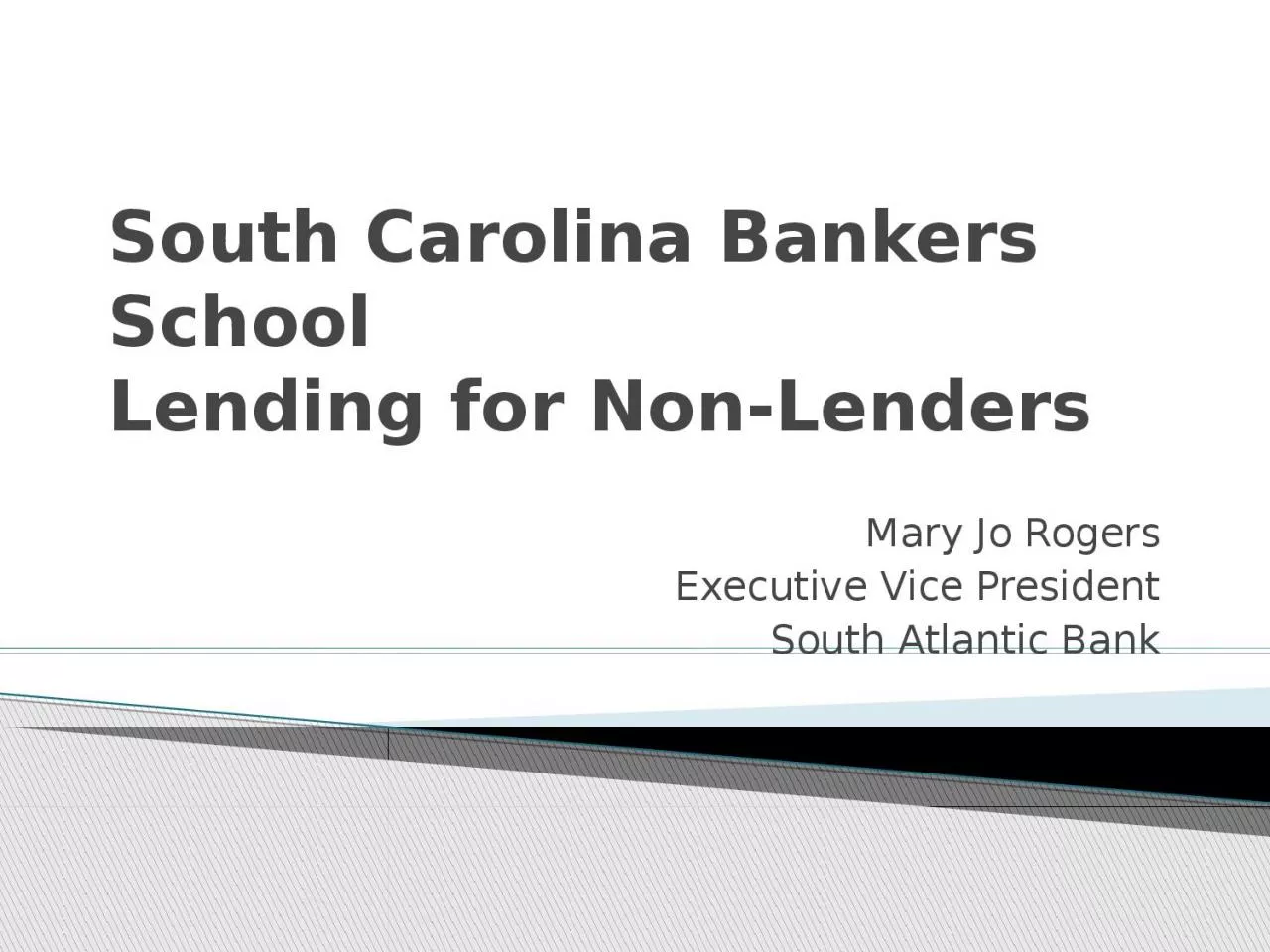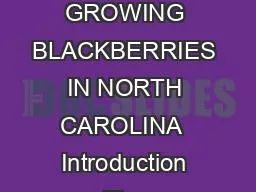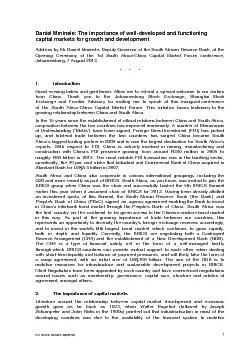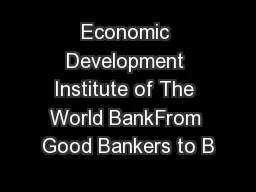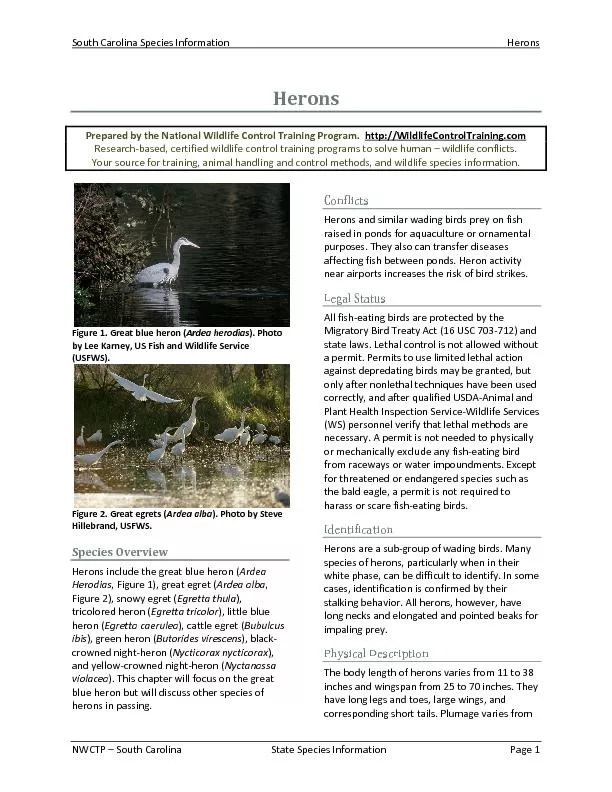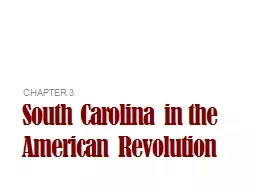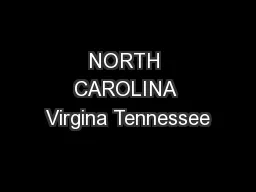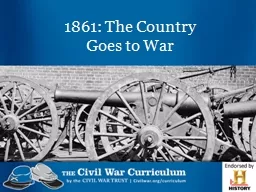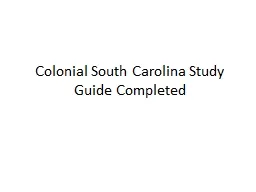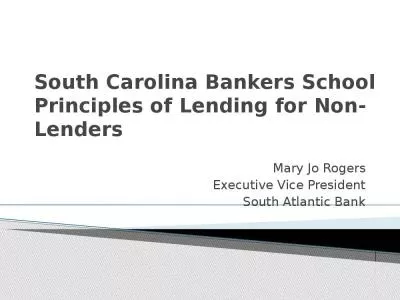PPT-South Carolina Bankers School
Author : jordyn | Published Date : 2024-02-03
Lending for NonLenders Mary Jo Rogers Executive Vice President South Atlantic Bank Session I Why Do We Lend And What Is The Process Why Is Lending Important Interest
Presentation Embed Code
Download Presentation
Download Presentation The PPT/PDF document "South Carolina Bankers School" is the property of its rightful owner. Permission is granted to download and print the materials on this website for personal, non-commercial use only, and to display it on your personal computer provided you do not modify the materials and that you retain all copyright notices contained in the materials. By downloading content from our website, you accept the terms of this agreement.
South Carolina Bankers School: Transcript
Download Rules Of Document
"South Carolina Bankers School"The content belongs to its owner. You may download and print it for personal use, without modification, and keep all copyright notices. By downloading, you agree to these terms.
Related Documents

